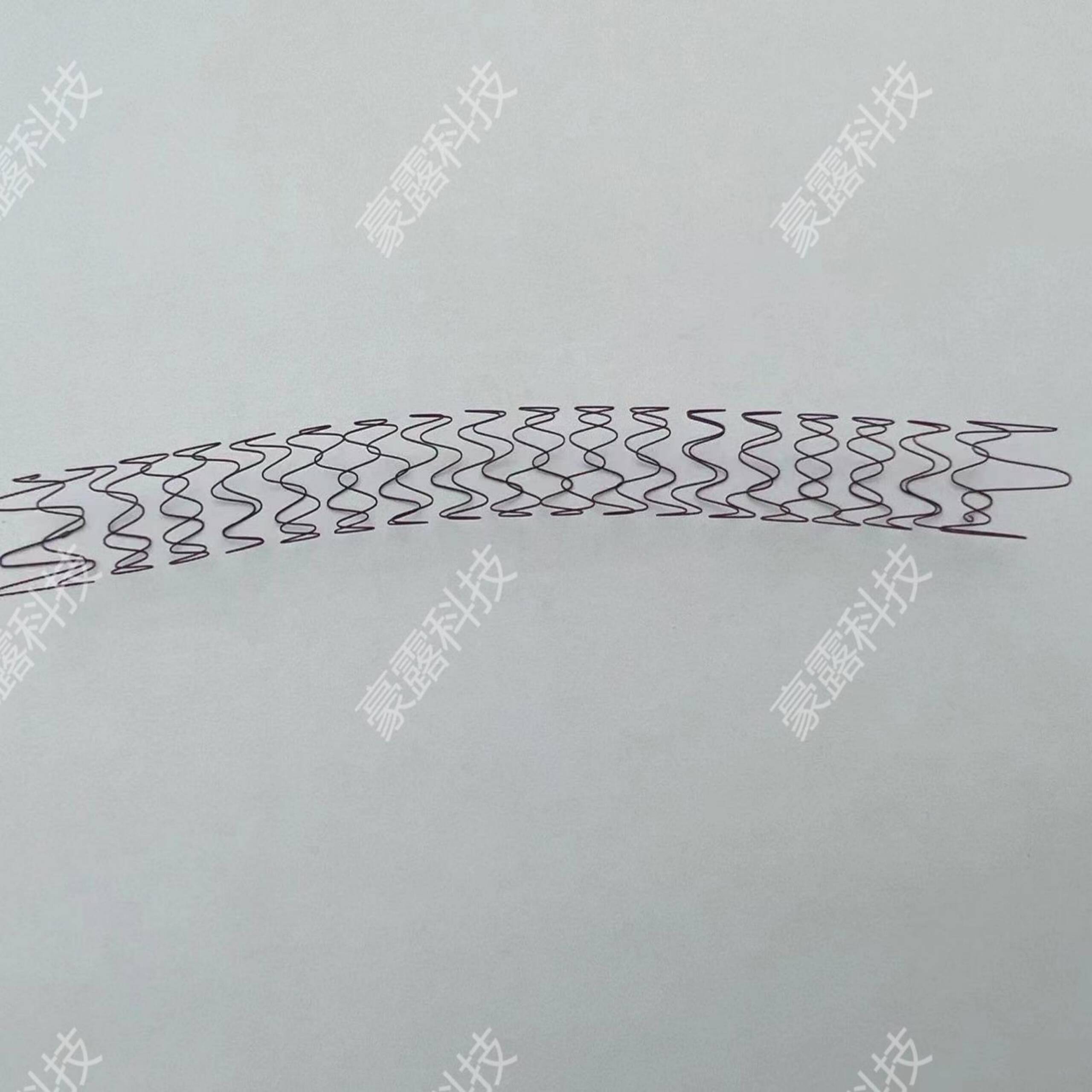Description
Nitinol Medical Device for Biliary Stents
We specialize in crafting high-precision nitinol medical devices, with a strong focus on biliary stents that restore natural bile duct function. These devices play a critical role in treating obstructions that may lead to jaundice, abdominal pain, or infection. By delivering consistent performance, our stents provide both symptom relief and improved clinical outcomes.

Superelastic Nitinol: The Ideal Stent Material
We use medical-grade Superelastic Nitinol to manufacture our biliary stents. This advanced alloy features exceptional flexibility and reliable shape memory, enabling the stent to compress for delivery through narrow anatomical pathways. Once deployed, it expands fully to support the duct while minimizing trauma. Additionally, we ensure all materials comply with ASTM F2063 standards for biocompatibility and long-term use in the body.
Advanced Nitinol Stent Manufacturing
Our nitinol medical device production begins with high-purity Nitinol tubing.We apply high-precision laser cutting to engineer stent geometries that optimize flexibility, maintain radial strength, and ensure controlled expansion.Afterward, we apply electropolishing to remove micro-burrs and achieve an ultra-smooth finish. Consequently, insertion becomes easier, and the risk of tissue irritation significantly decreases. We also perform rigorous quality inspections to confirm that each stent meets exacting clinical and dimensional specifications.
Diameter Options for Personalized Fit
Correct sizing is vital for preventing stent migration and avoiding duct wall damage. That’s why we offer biliary stents in multiple diameters—typically 6 mm, 8 mm, and 10 mm—as well as a selection of lengths. Physicians can choose the appropriate size to match patient anatomy, ensuring stable placement and effective drainage.
Clinical Applications of Biliary Stents
Doctors rely on our nitinol medical devices to treat obstructions caused by various conditions, including:
- Pancreatic cancer compressing the duct
- Bile duct cancer (cholangiocarcinoma)
- Migrated gallstones
- Benign strictures due to surgery or inflammation
- Chronic pancreatitis
Physicians typically place the stents via ERCP (endoscopic retrograde cholangiopancreatography) or PTC (percutaneous transhepatic cholangiography). After deployment, the stent maintains duct patency, reduces infection risk, and alleviates symptoms such as jaundice and abdominal discomfort.
Temporary vs. Permanent Use
Unlike coronary stents, biliary stents are usually temporary. In malignant cases—such as cancer-induced blockages—the stent may remain in place for the patient’s remaining lifetime. For benign issues, like gallstones or strictures, physicians generally remove or replace the stent after several months once the underlying condition improves.
Over time, bile sludge or tissue growth may occlude the stent. Therefore, ongoing monitoring through imaging and clinical evaluations is essential to ensure continued effectiveness or determine the need for replacement.
Why Choose Our Biliary Stents?
Our commitment lies in the dedicated development of nitinol medical devices. With deep expertise in Nitinol processing and advanced precision engineering, we deliver stents that meet the highest clinical expectations.
With consistent expansion, excellent radial support, and seamless delivery, our biliary stents help physicians effectively address complex bile duct obstructions
Choose a proven partner in nitinol medical device manufacturing—where innovation, reliability, and patient-centered design come together to improve lives.
▸ Expert Guidance: 24/7 support via nitinolwire.com
▸ Facebook account:Facebook



Reviews
There are no reviews yet.